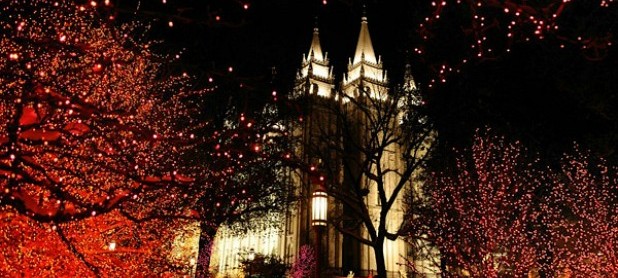Question
Gramps,
Why does it seem like temples are built in “rich” areas? I realize that the Church wants the temples visible from afar, but it’s frustrating to see temples built in affluent areas. Why can’t they be built in more “common” areas?
Tiffany
Answer
Dear Tiffany,
This is a conversation that would be easier to have in person because then I could ask you for more specifics as to what you mean. Since we don’t have that liberty, I’ll do the best I can. I’m not clear on why you think that our temples are built in “rich” areas. To me, that does not always seem to be the case. First though, let’s consider some factors that might be considered in determining a temple site:
- Temples are meant to be (in appearance as well as function) the ideal – to point our minds to the celestial kingdom. This is why they are our most beautiful buildings, and why the grounds are gorgeous. As such, temples are often placed in areas which can reflect this beauty.
- Temples are meant to be used. Thus, it’s logical for them to be placed in proximity to the saints. In some (not all) cases, extreme poverty hinders living the gospel and the first goal is to help someone escape that area / life so they can enjoy / live the gospel (as opposed to spending every waking moment struggling to survive). That said, the Lord will place them where the Lord will place them.
- Which is point three: the Lord knows where temples should go and inspires the prophet accordingly.
- Temples should not be vandalized or desecrated. That’s partly why we have walls / fences around so many. This reality is another reason to consider location – will it be safe there – for the building and the attendees and workers.
The next thing to consider Tiffany is the locations of our temples. You can find a list here: Temples
Looking at that list: I would like to ask you if you consider all of those locations “rich. For example: the first couple on the list are in Africa. The Ivory Coast Temple is still in the planning stages, but when complete it will be the sixth temple in Africa. There are also temples in Central and South America. None of the countries of Africa, nor the countries of Central and South America are known for being “rich”. Mexico, also not known for its wealth has more than one temple.
A little closer to home, perhaps, let’s consider temples in the United States. Glancing at the list, Billings, Montana; Boise, Idaho; Payson, Utah; Provo, Utah, Snowflake, Arizona, these are all locations with large populations of church members, but none of these are “rich” places. Seattle, Washington is a large well-known city, so you might consider that a “rich” area, but have you visited that temple? It is located right off of I-90 at an exit, and sits just above a strip mall/bowling alley/car dealership. Across I-90 and just a few blocks west of the temple is Factoria, a part of Bellevue heavy in retail outlets.
Perhaps your concern is more about the money spent on temples? As I said before, temples are intended to elevate our minds and spirits so they are beautiful. Don’t think though that these beautiful buildings mean that the Lord or His church ignores the poor and needy. The church’s humanitarian “arm” reaches widely. The LDS Charities website states that since 1985, LDS Charities has helped millions in 185 countries. Their projects include helping with food, water, emergencies, immunizations, maternal and newborn care, vision care, wheel chairs, and community projects. The Church also helps the poor through fast offerings, and donations to the Perpetual Education Fund, missionary fund, etc.
So you see, Tiffany, this world belongs to the Lord, and He will allocate his resources as He sees fit. Through the examples, I have given you, I hope that you can see that He cares for all of His children rich and poor, by teaching us to help one another.
Gramps







